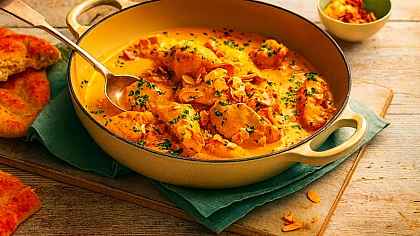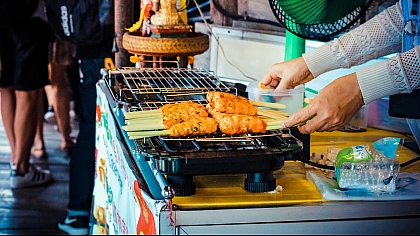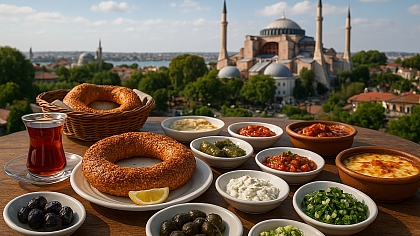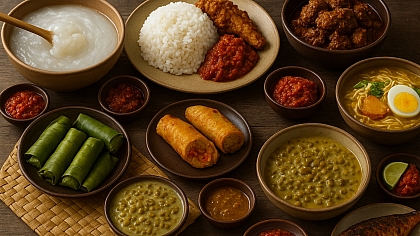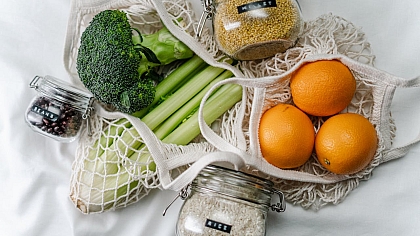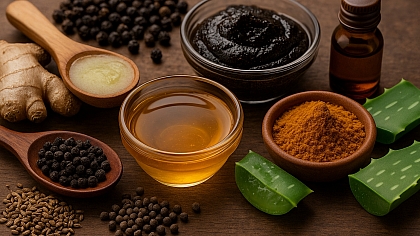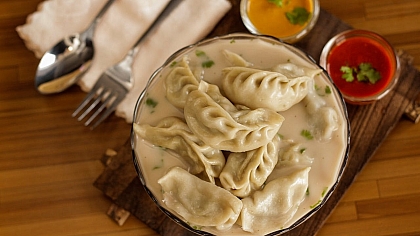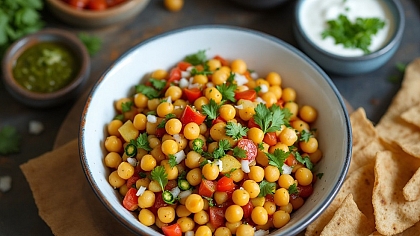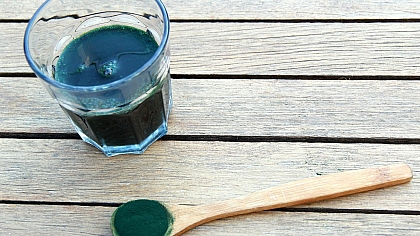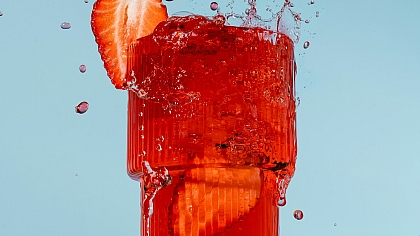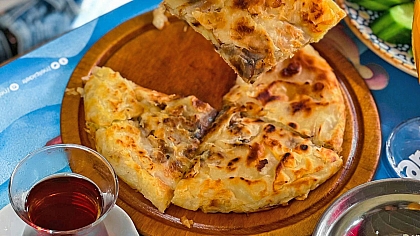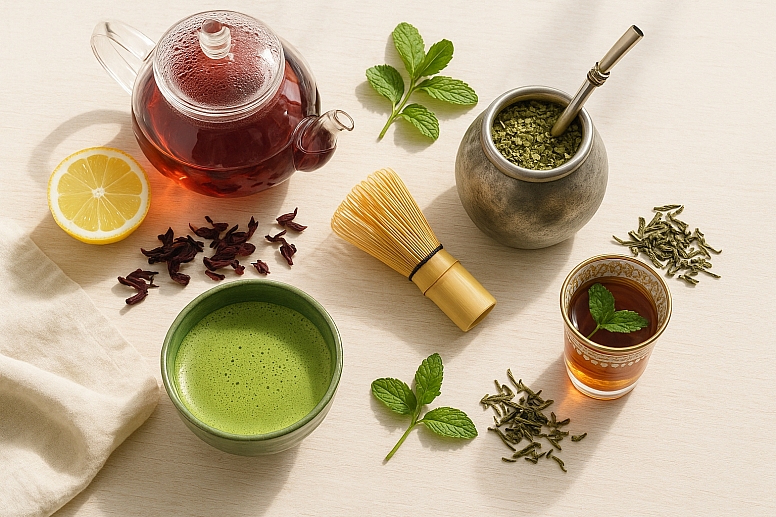
Steeped in Tradition: The Global Rituals, Remedies & Culture of Tea
In Middle Eastern and South Asian cultures, tea is far more than a simple beverage—it is a cornerstone of daily life, a healing elixir, and a symbol of hospitality. Across these regions, tea rituals intertwine with traditional medicine, social bonding, and spiritual well-being.
From the aromatic spice blends of Indian masala chai to the soothing herbal infusions of the Middle East, tea serves as both a remedy and a ritual.
Middle Eastern Tea Traditions
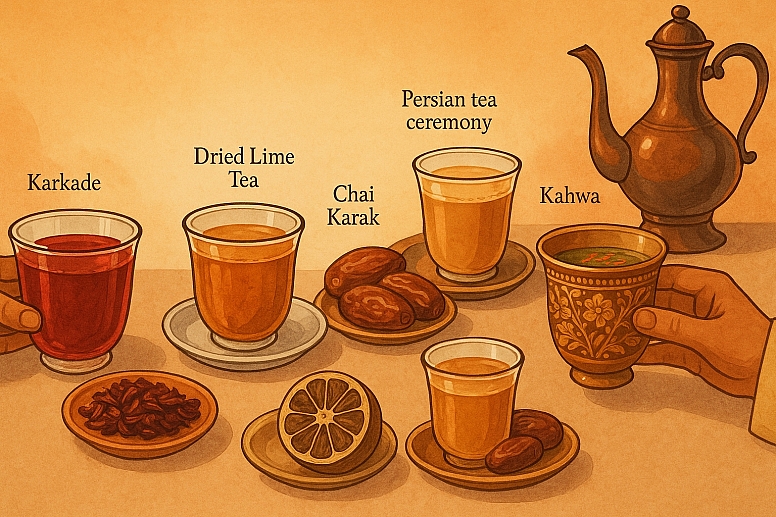
Karkadeh (Hibiscus Tea) – Egypt
A vibrant crimson infusion made from dried hibiscus petals, Karkadeh is enjoyed both hot and cold. Rich in antioxidants and vitamin C, it is traditionally believed to lower blood pressure and cholesterol. Beyond its health benefits, Karkadeh is deeply embedded in Egyptian culture—served at weddings, Ramadan gatherings, and festive occasions as a symbol of joy and generosity.
Dried Lime Tea (Noomi Basra) – Iraq and the Arabian Peninsula
This tangy, amber-colored tea is brewed from dried limes (black lemons) and sweetened with honey or sugar. Known for its digestive properties, Noomi Basra tea is a go-to remedy for nausea, indigestion, and stomach ailments. Its sharp, citrusy flavour also makes it a refreshing drink in Gulf households.
Chai Karak – Gulf Region
Chai Karak is a strong black tea simmered with cardamom, evaporated milk, and sugar, a staple in the UAE, Qatar, and Oman. Served in small glasses, this creamy, aromatic tea is a modern symbol of Gulf hospitality, often enjoyed alongside dates or pastries.
Persian Tea Ceremony – Iran
In Iran, tea (chai) is more than a drink—it’s a ritual. Brewed in a samovar (a traditional tea urn), strong black tea is served in delicate glasses with Nabat (rock sugar) on the side. The ceremony emphasises hospitality, encouraging slow sipping and meaningful conversation.
South Asian Tea Traditions
Masala Chai – India and Pakistan
Perhaps the most globally recognised South Asian tea, masala chai is a fragrant blend of black tea, milk, sugar, and spices like cardamom, ginger, cinnamon, and black pepper. In Ayurveda and Unani medicine, these spices are prized for their digestive, anti-inflammatory, and immune-boosting properties. Served in homes and street stalls alike, masala chai is a daily ritual that fosters connection.
Kahwa – Kashmir
A luxurious green tea infused with saffron, cardamom, cinnamon, and sometimes almonds or rose petals, Kahwa is a cherished part of Kashmiri culture. Traditionally served in ornate samovars, it is believed to aid digestion, relieve stress, and warm the body during harsh winters. Kahwa is also a symbol of hospitality, often offered at weddings and gatherings.
Butter Tea (Po Cha) – Himalayan Regions
In the high-altitude regions of Ladakh, Nepal, and Tibet, butter tea is a vital source of energy. Made with tea leaves, yak butter, and salt, this rich, savoury drink provides essential calories and hydration in cold climates. It also helps combat altitude sickness, making it a staple for mountain communities.
Tea as a Health and Spiritual Ritual
Beyond its physical benefits, tea plays a profound role in mental and emotional well-being:
- Daily Wellness: Antioxidant-rich teas like hibiscus and green tea support heart health and immunity.
- Digestive Aid: Herbal blends such as dried lime tea and masala chai promote digestion and metabolic balance.
- Mindfulness and Connection: The act of brewing and sharing tea fosters mindfulness, strengthens social bonds, and provides comfort in times of stress.
From the bustling streets of Mumbai to the quiet courtyards of Tehran, tea remains a universal language of care, tradition, and healing. Whether sipped for health, hospitality, or harmony, it continues to be an enduring ritual across Middle Eastern and South Asian cultures.
The Global Role of Tea in Health Rituals and Traditions
Tea is one of the world’s most cherished beverages, deeply ingrained in the cultural and medicinal practices of societies worldwide. While Middle Eastern and South Asian tea traditions are rich and varied, other regions—from East Asia to Africa and the Americas—have their unique tea rituals tied to health, spirituality, and community.
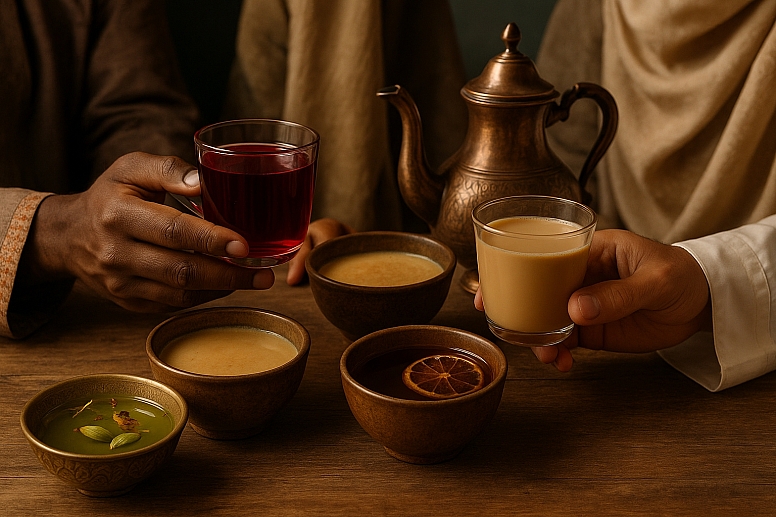
Here’s an exploration of lesser-known but equally fascinating tea traditions from around the world:
East Asian Tea Traditions
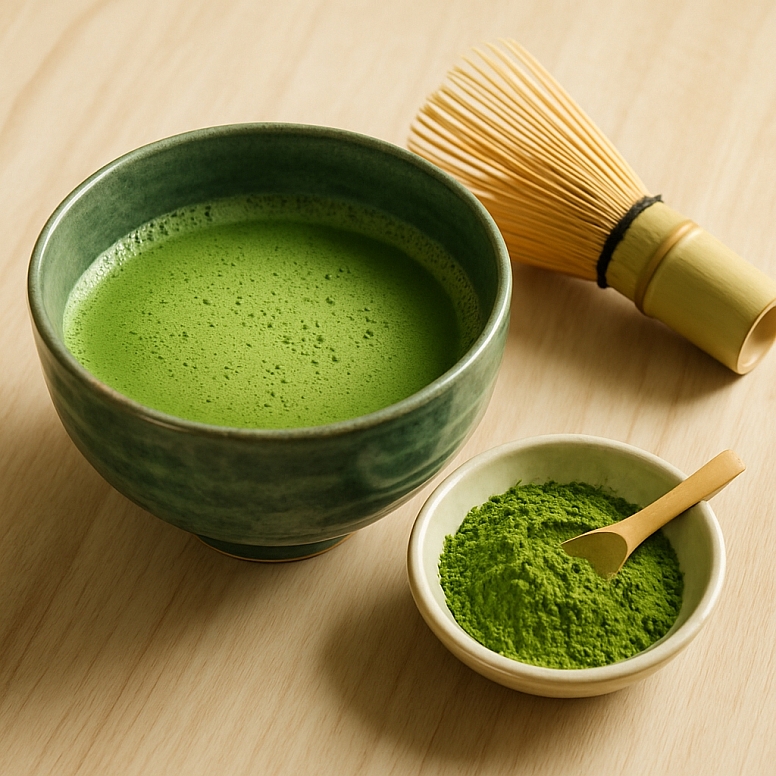
Matcha – Japan
A vibrant green powdered tea, matcha is central to the Japanese chanoyu (tea ceremony), a meditative practice emphasising harmony, respect, and tranquillity. Unlike steeped teas, matcha is whisked into hot water, allowing drinkers to consume the whole tea leaf for maximum antioxidants.
Health Benefits:
- High in L-theanine, which promotes relaxation without drowsiness.
- Rich in catechins, known for boosting metabolism and heart health.
Pu-erh – China
A fermented tea from Yunnan province, Pu-erh is aged like fine wine, developing deep, earthy flavours. Traditionally compressed into cakes, it is prized in Traditional Chinese Medicine (TCM) for aiding digestion and detoxification.
Cultural Significance:
- Often served in Gongfu tea ceremonies, where multiple short infusions highlight its evolving taste.
- Believed to help with weight management and lowering cholesterol.
Chrysanthemum Tea – China & Korea
Made from dried chrysanthemum flowers, this golden-hued tea is naturally caffeine-free and mildly sweet. It is a staple in TCM and Korean herbal medicine for cooling the body and relieving inflammation.
Health Uses:
- Soothes sore throats and eye strain (sometimes used as a compress).
- Associated with longevity and served during the Mid-Autumn Festival.
African Tea Rituals
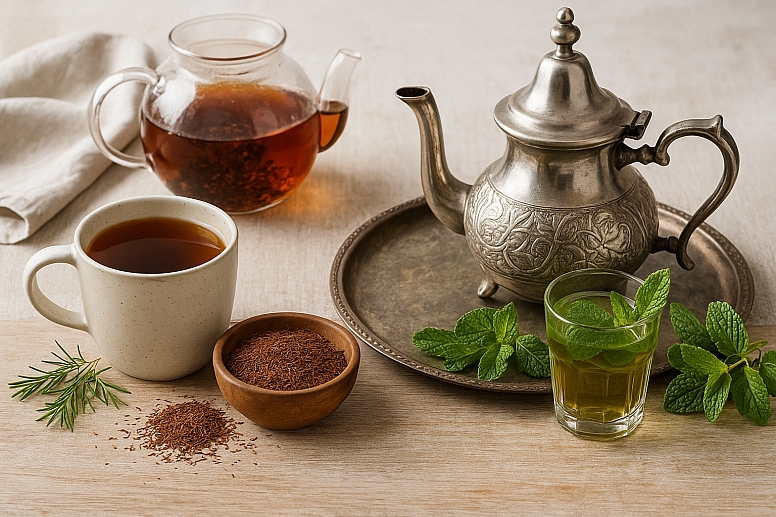
Rooibos – South Africa
A naturally caffeine-free herbal tea from the Aspalathus linearis plant, rooibos (or "red bush tea") has been consumed by the Khoisan people for centuries. Its sweet, nutty flavour makes it a popular modern health drink.
Medicinal Properties:
- High in polyphenols, which combat oxidative stress.
- Traditionally used to ease colic in infants and improve skin health.
Touareg Mint Tea – North Africa (Morocco, Algeria, Tunisia)
Known as "Maghrebi tea," this potent green tea is infused with fresh mint and sugar, poured dramatically from a height to create froth. It is a cornerstone of Saharan hospitality.
Cultural Role:
- Served in three symbolic servings (progressing from bitter to sweet, representing life’s stages).
- Aids digestion and provides refreshing hydration in desert climates.
European & Eurasian Tea Customs
Samovar Tea – Russia & Former Soviet States
In Russia, tea is brewed in a samovar (a heated metal urn) and served strong, diluted with hot water. It is traditionally accompanied by jam, lemon, or sweets instead of milk.
Health & Social Role:
- Black tea is believed to warm the body during harsh winters.
- The prolonged tea-drinking ritual fosters long conversations and family bonding.
Mountain Herbal Teas – Caucasus (Georgia, Armenia, Azerbaijan)
The Caucasus Mountains are home to wild thyme, sage, and rosehip teas, often gathered from high-altitude meadows. These are used in folk medicine for respiratory health and immune support.
Unique Tradition: In Georgia, "Karkade" (not to be confused with Egyptian hibiscus tea) refers to a fruit-based tea made from local berries.
Indigenous & Latin American Tea Practices
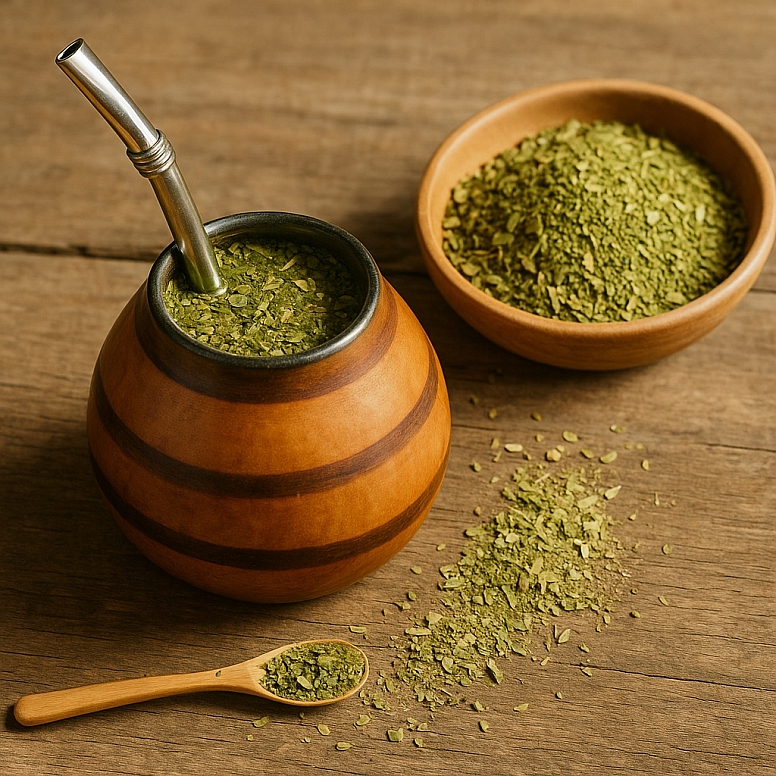
Yerba Mate – Argentina, Paraguay, Uruguay, Brazil
A caffeinated herbal tea brewed from the leaves of the Ilex paraguariensis plant, mate is shared from a hollow gourd with a metal straw (bombilla). It is a social ritual akin to Middle Eastern coffee ceremonies.
Health Benefits:
- Contains mateine, a stimulant similar to caffeine but with smoother energy effects.
- Rich in antioxidants and believed to aid digestion.
Coca Leaf Tea – Andes (Peru, Bolivia, Colombia)
Used for millennia by Inca and Aymara peoples, coca tea is made from steeped coca leaves. It is legal and widely consumed in the Andes for altitude sickness relief and mild energy boosting.
Modern Controversy: While chewing coca leaves is traditional, the extraction of cocaine has led to global restrictions. The tea itself is non-addictive and holds cultural significance.
Guayusa – Ecuador (Amazonian Regions)
A naturally caffeinated holly tree leaf, guayusa is brewed by Indigenous Kichwa communities as a morning energiser and hunting aid.
Unique Aspect:
- Contains L-theanine, like matcha, for calm alertness.
- Traditionally consumed in pre-dawn rituals for spiritual clarity.
Tea as a Universal Connector
From the ceremonial matcha of Japan to the communal mate of South America, tea transcends borders as a:
- Healing tradition – Used in herbal medicine for digestion, immunity, and mental clarity.
- Social ritual – Fostering conversation, hospitality, and mindfulness.
- Spiritual practice – Linking drinkers to nature and ancestral wisdom.

